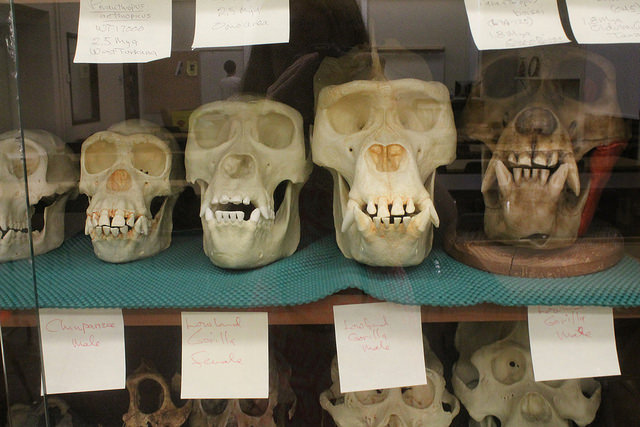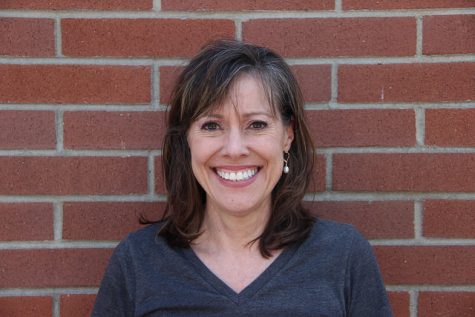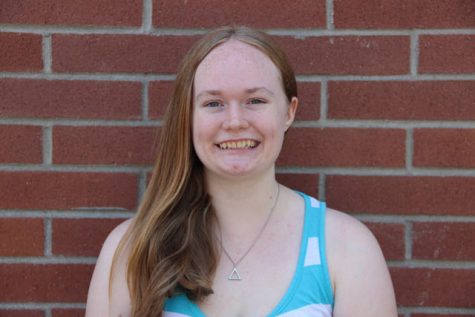New DVC anthropology institute offers tools to thrive in today’s world
Casts of hominid skulls on display in the anthropology department
October 23, 2016
Quick. What do you have in common with a homo sapien who lived 20,000 years ago?
If you answered that you both share the same genome, you’re right! And if you said you both are exquisitely well-adapted to live 20,000 years ago, give yourself bonus points. Unfortunately for you, humans haven’t evolved fast enough to keep pace with the rapid-fire changes in industrial societies.
“Our ancestors evolved to do things one way and modern human culture and technology have put us in a very different set of circumstances,” Dr. Steven Johnson, DVC anthropology instructor, says.
Professor Chris Mercer, Johnson’s colleague in the anthropology department says, “Our culture is in a state of severe maladaptation. Not only is it bad for our physical selves but for our emotional selves,” and also perceived the quality of life issues.
That’s where the new Institute of Practical Evolutionary Anthropology at DVC comes in. Students use the new IPEA curriculum as a vehicle to creatively design their lives and social structures to be in alignment with what they were evolved to do. The goal is for students to feel empowered and invested in designing happy and meaningful lives, Mercer says.
The IPEA curriculum integrates the fields of genomics and evolutionary developmental biology with traditional cultural and paleoanthropology to form an exciting amalgam of the latest scientific thought and a practical new lens through which students can examine their world.
“What are we evolved to do?” is the key question posed to students, Mercer says. One answer is “we evolved to be persistence hunters: high-energy machines,” constantly walking, running and tracking over long distances.
The physical demands of the 21st century consist largely of sitting for long hours in front of a screen. Add to the mix a blitz of refined sugars, not even known to humans until recently, and an epidemic of diseases of modern life arise obesity, diabetes 2 and heart disease.
There are emotional consequences to our modern environments as well, Mercer says. “We evolved to live in very small groups of 20-50 persons who you get to know intimately throughout your life.”
“There is a tremendous amount of social stress and anxiety produced when group size and dynamics get above a certain proportion.” Social groups are getting larger and more disconnected. People aren’t placing as much value on their local communities.
Mercer says small groups evolved to provide life-enriching, interactive communities and it’s important to re-establish those in our own neighborhoods.
Professor Jamie Nakama, an eco-anthropologist at DVC, studies how indigenous peoples interact and care for nature.
“We have to be careful not to romanticize indigenous people,” Nakama says. “But most, if not all, indigenous people have a very different relationship with the environment. In fact, usually, there is no indigenous word for ‘nature’ or ‘environment’ because human, spirit world and nature are all interconnected. So when you have this intimate spirit connection with the natural world, you automatically treat it with respect and reverence.”
The IPEA, while still evolving itself, is helping students embrace what it is to be a healthy homo sapien in the 21st century.








































































